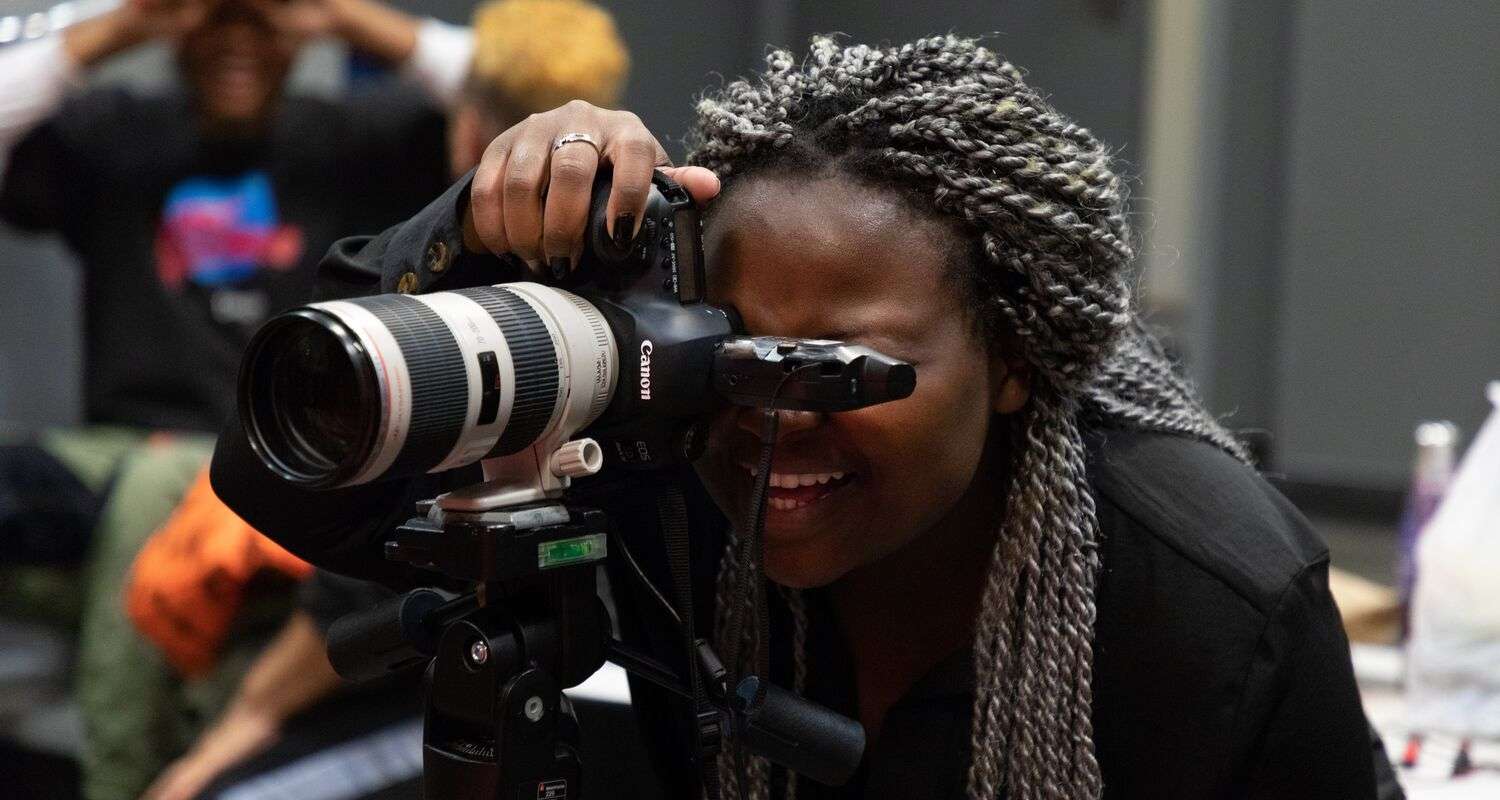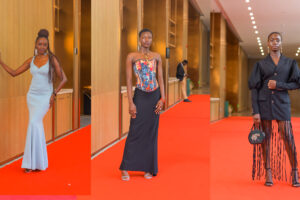🎥 Videography: Capturing Stories Through the Lens

Introduction
In today’s fast-paced digital world, videography has become one of the most powerful ways to communicate, educate, and entertain. Whether it’s a wedding film, a YouTube vlog, a music video, or a documentary, videography allows us to tell compelling stories through motion and sound.
What is Videography?
Videography is the process of capturing moving images using electronic media like cameras, drones, or smartphones. It includes everything from planning and shooting to editing and delivering a finished video. Unlike photography, videography adds life to visuals by combining motion, timing, sound, and emotion.
Types of Videography
- Event Videography
Captures live events such as weddings, parties, concerts, and graduations. It’s all about preserving moments and memories. - Commercial Videography
Includes promotional videos, product shoots, or corporate branding—used to market businesses and engage customers. - Documentary Videography
Tells real-life stories in a creative and journalistic way, often used in TV, film, or online platforms. - Social Media/Content Videography
Short, catchy videos designed for platforms like Instagram, TikTok, and YouTube. Often includes trends, challenges, or educational content. - Cinematic/Short Film Videography
Focuses on storytelling, lighting, acting, and editing to create professional, film-like productions.
Tools of the Trade
To be a successful videographer, you’ll typically need:
- Camera (DSLR, mirrorless, or phone camera)
- Tripod/Stabilizer – for smooth shots
- Microphone – for clear audio
- Lighting Equipment – especially for indoor or low-light scenes
- Editing Software – like Adobe Premiere Pro, Final Cut Pro, CapCut, or DaVinci Resolve
The Videography Process
- Pre-Production
- Scriptwriting
- Storyboarding
- Planning shots
- Preparing equipment
- Production
- Filming on location or in studio
- Managing lighting and audio
- Directing talent and capturing scenes
- Post-Production
- Cutting and arranging clips
- Adding music, transitions, and effects
- Color correction and sound mixing
- Exporting and uploading
Skills Required in Videography
- Creative vision
- Technical camera knowledge
- Storytelling ability
- Strong editing skills
- Understanding of lighting and audio
- Time management and planning
Why Videography Matters
Videography has become a vital part of modern communication because:
- Video content gets more views and engagement
- It builds trust in businesses and brands
- It preserves history and culture
- It educates, entertains, and inspires audiences
Career Opportunities in Videography
Videographers can work as:
- Freelancers
- Video Editors
- Content Creators
- TV/Film Crew
- Drone Videographers
- Wedding/Event Videographers
- Corporate Video Producers
With platforms like YouTube, TikTok, and Instagram Reels, even beginners can start building an audience and career through video.
Conclusion
Videography is more than just recording moments—it’s about bringing stories to life through motion, light, and sound. Whether you’re using a smartphone or a professional camera, the power of video lies in its ability to move people and make them feel. For anyone passionate about creativity and storytelling, videography is an exciting and rewarding path to explore.



